CorvetteBlogger has spent the last three weeks getting ready for 2020 by ranking the greatest Corvettes from each decade since the 1950s (check out all of the previous stories in the links below!). This week we looked at the 70s which only contained one generation of Corvette but still saw large scale changes in our favorite car’s personality and focus. Today we are handing the championship belt for ‘Vette decade #3 to the 1971 model!
Some readers may dispute this choice because the ’71 was largely treated by GM brass as an extended run of 1970 Corvettes and up to that point, almost every model year had seen far more extensive improvements. They might also bemoan the lower compression ratios across the board and the base car’s 270 HP. All fair points to be sure, but two special RPOs really make the ’71 stand out and take the victory. The first alphanumeric “Regular Production Option” that celebrated its one year in the Corvette order guide in 1971 should should be quite familiar to all fans of American Muscle. We are, of course, talking about the LS6.
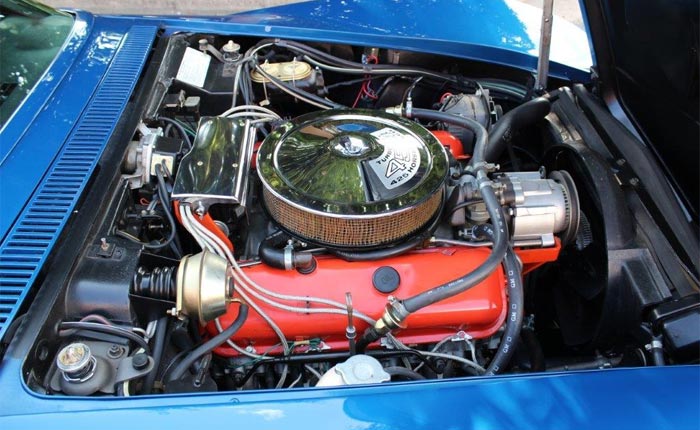
In 1970, this monster 454 cubic inch V8 could be had under the hood of Chevelle coupes, convertibles, and in the El Camino. In this application, it boasted the highest power rating of any car from America’s Golden Age of muscle car production with 450 ponies. A total of 4,475 LS6s found homes in 1970. Unfortunately, when the big 454 found itself in the Corvette, where it always should have been, it too fell prey to GM’s war on compression ratios. In the Chevelles, the LS6 had an 11.25:1 ratio which fell to 9.0:1 for Corvette duty. The legendary mill still managed to put out a stonking 425 HP; the last time a Corvette would breach the 400 HP barrier for 22 years! As with all of the best options that we have highlighted in these posts, the LS6 was very expensive at $1,220.70 which led to very few orders even though, unlike previous top-dog powerplants, the LS6 could be optioned with an automatic transmission. Just 188 LS6s ended up being built but our second RPO is even more uncommon.
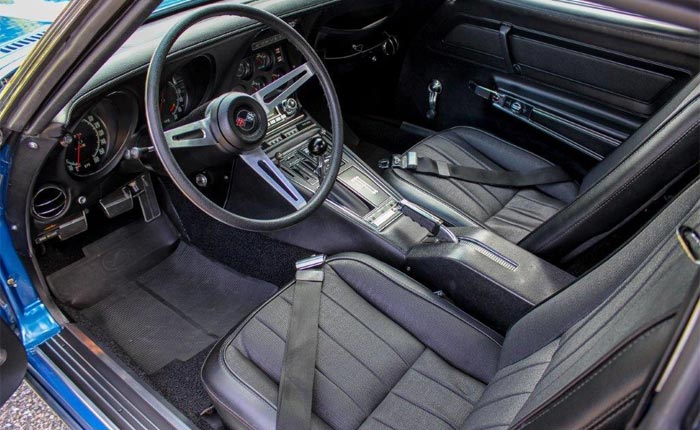
We highlighted the first-ever ZR1 in our post about the 1970 model. That amazing and exceptionally rare package would continue for two more years with 8 being built in ’71 and another 20 in ’72 for a total of 53 C3s with RPO ZR1 (the package’s mandatory LT-1 350 V8 was diminished each year following its glorious 370 HP debut, making 230 HP and then 255 HP in its second and final years of production). You might notice that ’71 saw the lowest number of ZR1s produced. That is because 1971 was the only year that the ZR1 would have a big brother which came in the form of RPO ZR2 (this was long before that designation was pilfered by the small truck division for use on off-road ready variants).
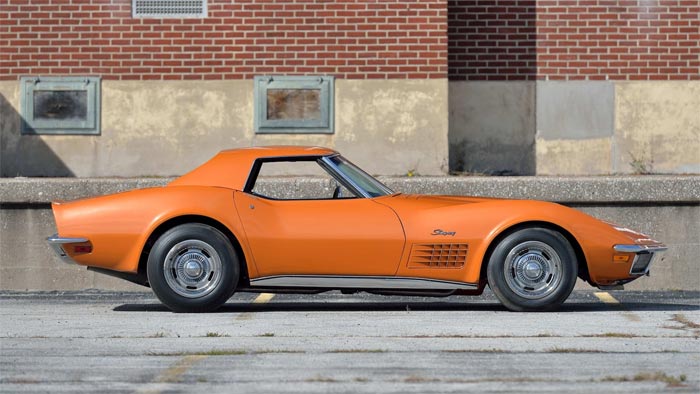
ZR2s featured the same heavy-duty M22 Rockcrusher 4-Speed manual transmission, HD power brakes, and specialized suspension as the ZR1 package but now, instead of the excellent LT-1, customers were upgraded to the big-dog LS6! There was a total of 12 people who ordered such beasts at an upcharge of $1,747.00 (not bad considering the price of just getting an LS6!). Just 2 of the 12 were convertibles and if you want one of these white whales for your collection, you are in luck! Mecum has one crossing the block (it is actually an orange whale) next month in Kissimmee with a pre-auction estimate of $375,000-$450,000. With that kind of a deal, you might as well pick up the ’57 4-Speed Fuelie with RPO 684 that we spoke about a couple of weeks ago while you are in Florida!
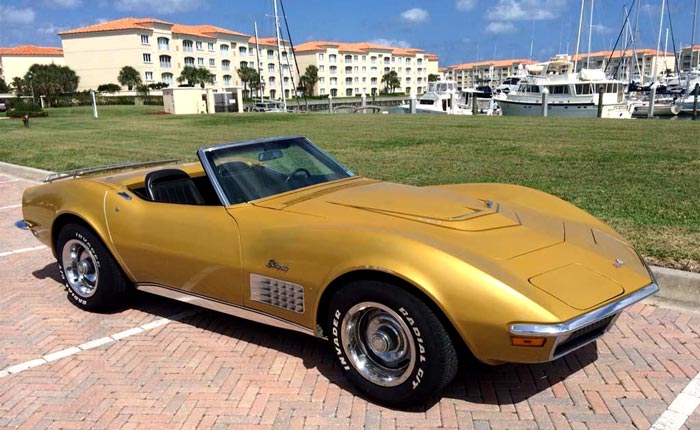
All in all, the 1971 is an incredible Corvette that marked the end of one of the greatest eras in automotive history. There wouldn’t be a Corvette that had the possibility of being ordered with ultimate performance as the chief concern for nearly 20 years after the final ’71 left the doors of the plant in St. Louis. For this reason, the 1971 ‘Vette is our best Corvette of the 1970s!
The 1950s
- The Best Corvettes of the 1950s: No.3 – The 1953 Corvette
- The Best Corvettes of the 1950s: No.2 – The 1959 Corvette
- The Best Corvettes of the 1950s: No.1 – The 1957 Corvette
The 1960s
- The Best Corvettes of the 1960s: No.3 – The 1965 Corvette
- The Best Corvettes of the 1960s: No.2 – The 1963 Corvette
- The Best Corvettes of the 1960s: No.1 – The 1967 Corvette
The 1970s
- The Best Corvettes of the 1970s: No.3 – The 1978 Corvette
- The Best Corvettes of the 1970s: No.2 – The 1970 Corvette
- The Best Corvettes of the 1970s: No.1 – The 1971 Corvette
The 1980s
- The Best Corvettes of the 1980s: No.3 – The 1982 Corvette
- The Best Corvettes of the 1980s: No.2 – The 1986 Corvette
- The Best Corvettes of the 1980s: No.1 – The 1984 Corvette
The 1990s
- The Best Corvettes of the 1990s: No.3 – The 1996 LT4 Corvette
- The Best Corvettes of the 1990s: No.2 – The 1999 Corvette FRC
- The Best Corvettes of the 1990s: No.1 – The C4 Corvette ZR-1
The 2000s
- The Best Corvettes of the 2000s: No.3 – The C5 Corvette Z06
- The Best Corvettes of the 2000s: No.2 – The C6 Corvette Z06
- The Best Corvettes of the 2000s: No.1 – 2009 Corvette ZR1
The 2010s
- The Best Corvettes of the 2010s: No.3 – The C7’s Z07 Ultimate Performance Package
- The Best Corvettes of the 2010s: No.2 – The C6’s Z07 Ultimate Performance Package
- The Best Corvettes of the 2010s: No.1 – The 2019 Corvette ZR1
Source:
Photo Credits: CorvetteImages.com
-

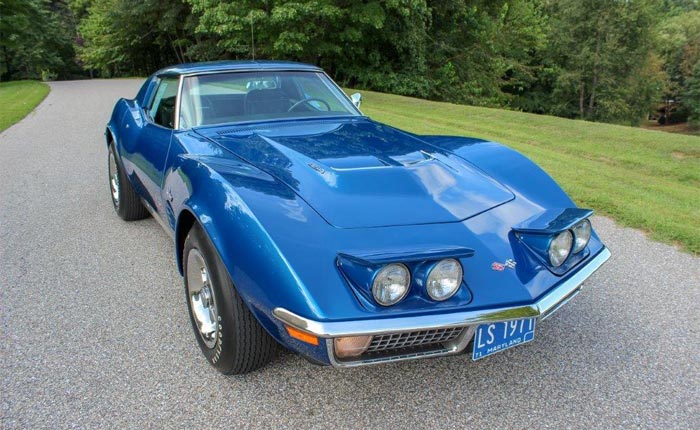
![[VIDEO] Dennis Collins Checks the Numbers on a 1970 Corvette LT-1 Before Taking It Home [VIDEO] Dennis Collins Checks the Numbers on a 1970 Corvette LT1 Before Taking It Home](https://www.corvetteblogger.com/images/content/uploads/2024/04/041724_1-218x150.jpg)
![[VIDEO] 1978 Corvette Barn Find with 1599 Miles Gets First Wash in 45 Years [VIDEO] 1978 Corvette Barn Find with 1599 Miles Gets First Wash in 45 Years](https://www.corvetteblogger.com/images/content/uploads/2024/04/041324_8-218x150.jpg)
![[VIDEO] Team Jack Announces the Winner of its 1972 Corvette Giveaway Team Jack announces the winner of their 1972 Corvette Convertible sweepstakes](https://www.corvetteblogger.com/images/content/uploads/2024/04/041124_1-218x150.jpg)
Sorry, I don’t agree with the idea that the 1971 was the top Corvette in the 70’s The 1970 model LT-1 gets my vote. It was still the engine it was designed to be, with the higher compression ratio, and 100 horsepower more then then the 71. As for the 454 LS6, the main reason the LT-1 engine was brought out, was to make the Corvette handle better. With that massive weight of the big block sitting over the front wheels, sure it was good for racing in a straight line, but the small block, high revving LT-1 was a much more balanced car to drive.
1971 LT-1 was 330 horsepower, 1970 was 370 horsepower, I owned a ’71 LT-1, Ontario Orange 2 top roadster, looked like the one pictured in this write up, probably the most fun car I’ve owned, 194671S101719, wish I would have never sold it, I would have preferred buying a ’70 but waited too long and settled for the ’71.
I would take an LT-1 equipped Corvette over any big block version in a heartbeat! Those LT-1’S are no joke! Excellent power with much less weight. The 1970 Corvette with an LT-1 was one nasty machine!
Thought that the 1972 might be #1 as that was the only year you could get A/C with the LT-1. I agree the big block was never right for this car, never handled like the small block that had an almost exact 50/50 weight ratio. Then there was the heat issue, even with A/C, big block cars were uncomfortable on hot days. With the exception of the L88, the 1970 LT-1 car was the fastest C3 on a road course and very close on a drag strip to any of the big block cars.
@07C6Z06, I remember reading someplace that with a small block C3 the weight distribution was approximately 45 front 55 rear and with a big block it was 50/50 due to the fact that the engine sits well back in the chassis. I had a new ’71 LT-1 Roadster and I had a few street races with it against ’70 LT-1s and we always ran pretty much dead even + / – , the ’72s were no problem, Big Blocks on the other hand had to be beat from out of the hole , otherwise those extra cubic inches would run you down top end .
Comments are closed.